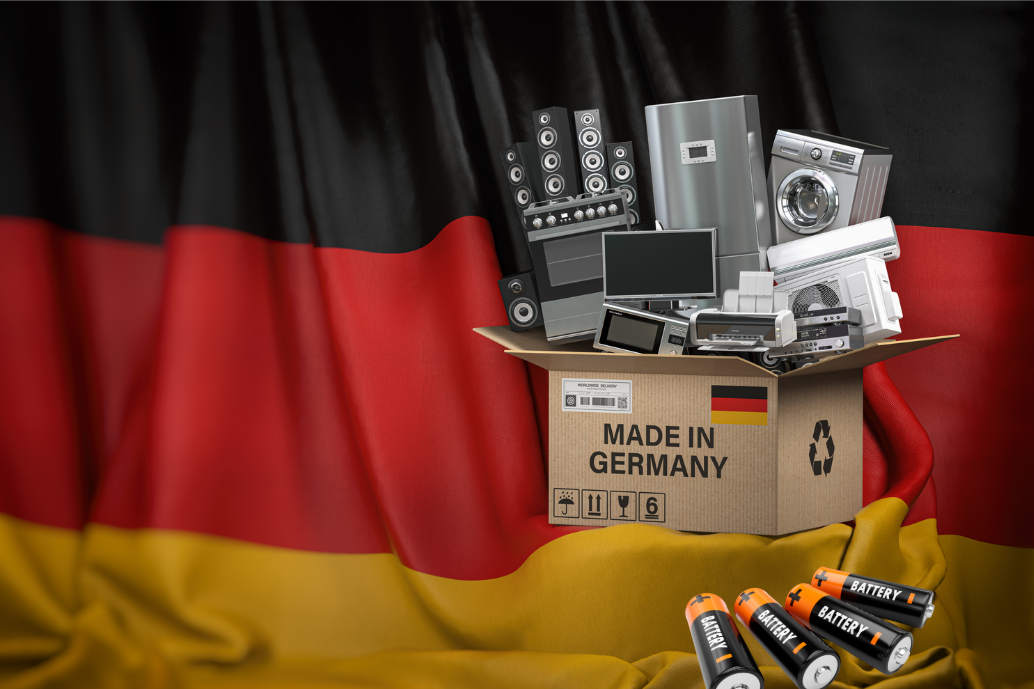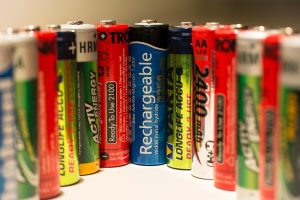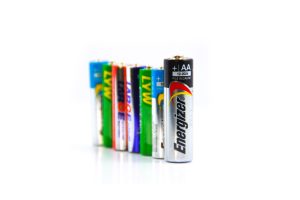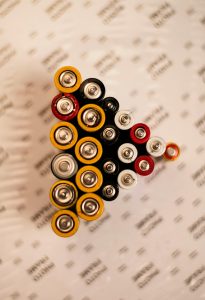As environmental regulations tighten across Europe, manufacturers and online sellers targeting the German market must understand their legal obligations under various Extended Producer Responsibility (EPR) laws. Three key regulations in Germany—VerpackG, BattG, and ElektroG—govern packaging, batteries, and electrical and electronic equipment (EEE), respectively. While these laws share a common goal of improving sustainability and waste management, they apply to different product categories and have distinct compliance requirements. This article breaks down the differences and explains what businesses need to do to stay compliant.
1. What is VerpackG?
VerpackG, or the German Packaging Act, applies to all companies that place packaging on the German market. This includes:
- Product packaging
- Shipping packaging (used for online retail)
- Sales and service packaging (e.g., to-go containers)
Key Compliance Requirements:
- LUCID Registration: Companies must register with the Zentrale Stelle Verpackungsregister (ZSVR).
- System Participation: Join a dual system (such as Der Grüne Punkt or Interseroh) to finance the collection and recycling of packaging waste.
- Volume Reporting: Regularly report packaging quantities placed on the market.
This law applies not only to large manufacturers but also to e-commerce sellers and dropshippers who ship products directly to German customers.
2. What is BattG?
BattG, short for the Battery Act, covers the sale of all types of batteries and accumulators, whether standalone or integrated into other products (like toys, laptops, or power tools).
Key Compliance Requirements:
- Registration: Register with stiftung ear, the same authority that handles ElektroG compliance.
- Take-Back Scheme: Join a battery take-back and recycling program approved in Germany.
- Labelling: Batteries must carry the crossed-out wheeled bin symbol and information about harmful substances.
- Information Obligations: Provide clear instructions to consumers on battery disposal and recycling.
BattG obligations are often overlooked by companies that only sell products containing embedded batteries—but they still apply.
3. What Is ElektroG?
ElektroG is the German implementation of the EU WEEE Directive (Waste Electrical and Electronic Equipment). It applies to all producers and importers of electrical and electronic equipment sold in Germany.
Key Compliance Requirements:
- Registration with Stiftung ear: Before selling, companies must register each product category and brand.
- Authorized Representative: Non-EU companies must appoint a legal representative in Germany.
- Take-Back and Disposal: Companies must ensure proper disposal and recycling of old electronic equipment.
- Marking: Products must carry the WEEE symbol (crossed-out wheeled bin) and a registration number.
- Reporting Obligations: Periodic reporting of EEE volumes placed on the German market.
ElektroG is the most complex of the three regulations and is strictly enforced.
4. Key Difference at a Glance
| Aspect | VerpackG | BattG | ElektroG |
| Scope | Packaging materials | Batteries (all types) | Electrical & electronic devices |
| Registration Body | ZSVR (LUCID) | Stiftung ear | Stiftung ear |
| Product Marking | No specific label | Battery recycling symbol | WEEE bin symbol + Reg. number |
| Take-Back Program | Via dual system | Mandatory battery collection | E-waste collection scheme |
| Target Businesses | All packaging distributors | Sellers of battery-related goods | Sellers of EEE products |
5. Why Compliance Matters
Non-compliance can result in:
- Fines and penalties
- Sales bans on platforms like Amazon and eBay
- Damage to brand reputation
- Suspension of import operations in Germany
Marketplaces are increasingly requiring evidence of compliance from sellers, including LUCID IDs, Stiftung ear registration numbers, and system participation proofs.
6. How to Stay Compliant
Here’s a step-by-step overview to meet the obligations:
- Identify what you sell: Determine whether your products fall under VerpackG, BattG, or ElektroG.
- Register with appropriate authorities:
LUCID for packaging
Stiftung ear for batteries and electronics
- Join take-back systems:
Dual systems (VerpackG)
Battery collection programs (BattG)
WEEE take-back schemes (ElektroG)
- Label your products correctly
- Submit regular reports on volumes placed on the market
- Appoint an Authorized Representative if you’re a non-EU seller
Conclusion
Navigating Germany’s EPR regulations—VerpackG, BattG, and ElektroG—may seem daunting, but understanding their differences is essential for lawful market access. Each law addresses a different environmental concern, from packaging waste to battery disposal and electronics recycling. By proactively complying, companies not only avoid penalties but also demonstrate a commitment to environmental responsibility—an increasingly important value for consumers and regulators alike.
Contact
We look forward to your message
info@ecopv-eu.com
+49 6196 5835357
Frankfurter Str. 70-72
65760 Eschborn











